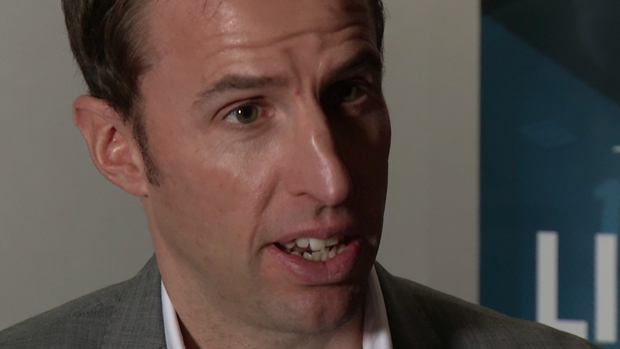Defending against width
Make sure your defence stays watertight when the opposition overload the wings with tips from Gareth Southgate

Even the most compact and organised of defences can get pulled apart by a team that plays with width.
In the 1970 World Cup final Brazil tore apart the famous Italian catenaccio “padlock” defence by stretching the back four.
Carlos Alberto’s goal in the 4-0 exemplifies the effectiveness of playing with width and the difficulty in defending against it.
The Selecao played the ball from left to right, creating gaps in the Italian defence. As the Italians desperately reshuffled, Brazil committed men forward in wide areas, outnumbering their opponent. In the final phase of the move Pele lays the ball in to the path of Alberto who hammers an unstoppable shot past Enrico Albertosi.
It’s easier said than done, but there are ways to counter this tactic. Defenders need to close down space quickly and shepherd the opposition’s attackers in field and in to traffic.
For Gareth Southgate, a man who has played and managed against teams with width, it’s all about decision making.
“As a defender you’ve got to decide whether you can affect the ball coming in or do you need to defend the ball when it comes in to the box,” the former England international told FFT.
“Defenders have to get the distances between one another right. They should aim for 10-15 metres maximum – if you start go get pulled further apart then you will leave gaps for players to run in to.”
For more tactical advice from Southgate watch this video and protect your team against the opposition’s wide boys.
Gareth Southgate was talking at the World Football Academy: UK National Symposium. For more information visit www.worldfootballacademy.co.uk
Also see:
Chris Hughton: Dealing with a quick winger
Peter Taylor: Wingers and full-backs working together
Peter Taylor: Get the best out of wingers
Peter Taylor: Defending for wingers
Defend from the wings
George Burley: defending against a winger
Get FourFourTwo Newsletter
The best features, fun and footballing quizzes, straight to your inbox every week.
